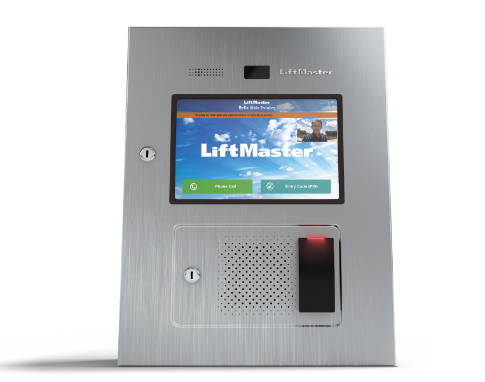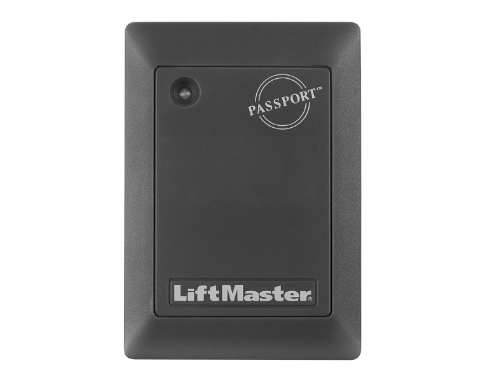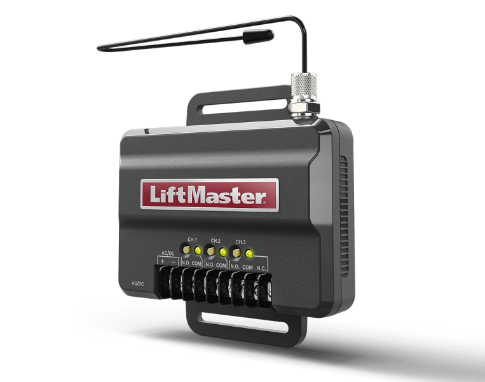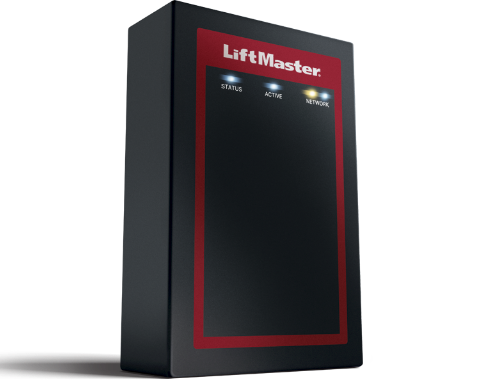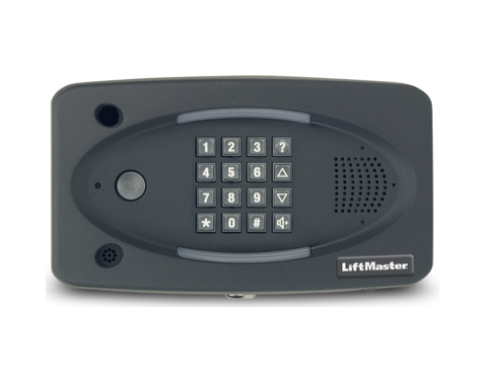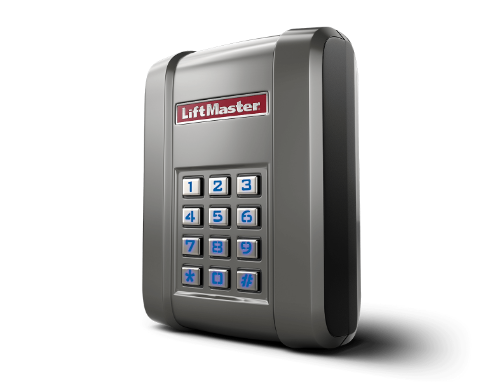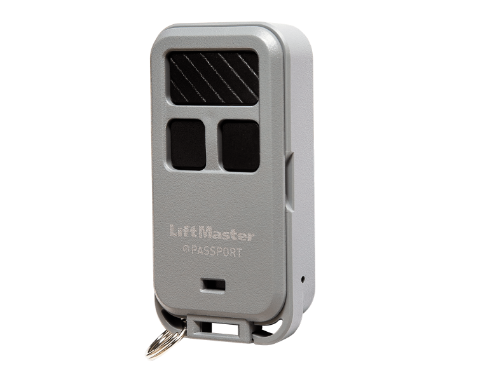Whether for a single-family home, apartment/condo, or gated community, our access control systems give you multiple options for managing your access points.
.
.

An Access Control System is a device that allows users to present credentials or call tenants in order to gain access to a secured area (a door or gate, for example).

An Access Control System provides a method for a User to present some type of personal identification (Entry Code, Card, RFID tag for example) which is then compared to a programmed database to verify whether that User is to be granted access at the entry point on that day at that time. If the proffered credential matches the information in the database, the system will activate a device (such as a Relay) which will then unlock a door or activate a gate operator to grant the User access to that entry point.
Some access control systems have a telephone feature that allows guests to call tenants. The tenant can then grant access to facility by pressing a DTMF (Dual Tone Multi-Frequency) key on their phone. If denying access, the tenant simply hangs up the call.


- User Input Device – This could be a keypad, a card reader, a biometric scanner, a device that can accept a credential from a User to verify their identity.
- Entry Control Unit – A device that accepts data from the User Input Device and can allow entry to the User.
- Site controller – Data stored in the Site Controller is used to compare to data from the User Input Device and verify a valid credential has been received. In many applications, the Site Controller and Entry Control Unit are both contained in one product. The LiftMaster CAPXLV, for example, includes 2 User Input Devices (touch keypad and Security+ 2.0 RF Receiver), an Entry Control for 4 entry points, and a Site Controller in one product.
- Master Station – A centralized management device that communicates with a Site Controller to program entry credentials, schedules, users etc. and receive information on entry attempts, fault conditions, and other system events. For the LiftMaster CAPXLV, the myQ Business Smart Community platform functions as a Master Station.
